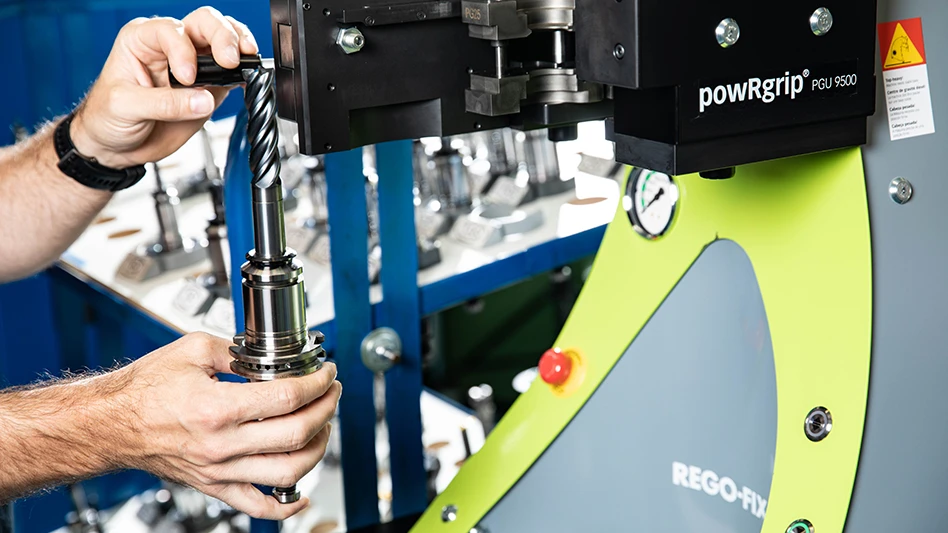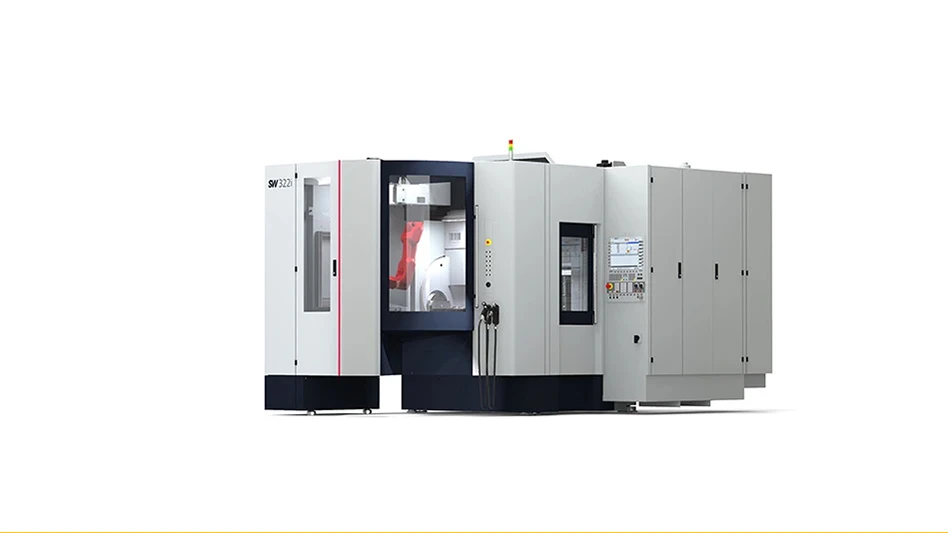 An endoscope is an instrument used to examine inside the body of a patient, enabling minimally invasive surgeries through a few small holes, versus an open surgery, which requires a much larger incision and longer recovery time. An endoscope is an instrument used to examine inside the body of a patient, enabling minimally invasive surgeries through a few small holes, versus an open surgery, which requires a much larger incision and longer recovery time. |
Founded in 1988 as International Telepresence Corp. by Tom Mitchell – who currently holds the position of CTO, the company, now known as ISee3D, utilizes single lens 3D technology to explore different ways of capturing 3D for various industries and their specific uses.
ISee3D’s patented single lens, single camera technology offers a significant value proposition as well as the ability to bring 3D to smaller and smaller devices.
Applications are in the world of 3D filming, not just for the entertainment market, but in the use of 3D for medical and other applications.
The current standard in 3D is to have two cameras each filming the same scene, and then integrating the two images into one. However, many complications can occur when trying to synchronize two cameras.
In addition, the requirement of two cameras (or at the least two lenses) makes for bulky and temperamental shooting conditions. Filming through a single lens with ISee3D’s technology eliminates these issues – allowing for extremely comfortable 3D output, while reducing the size of the ISee3D capture equipment reduced.
For example, an approach such as ISee3D’s allows for a 66% size reduction in 3D surgical endoscopes.
Product Manager, Shawn Veltman, helps to explain the technology. “ISee3D’s core technology consists of modifying a lens system to enable the capture of stereoscopic image pairs through a single lens. By occluding a portion of the lens, it is possible to shift the effective center of the lens; by doing this in sequence with different occluded areas, it is possible to capture stereoscopic image pairs with a fixed interaxial distance, i.e the distance between the left and right images.”
For a visual example of Veltman’s explanation, view the animation online at isee3d.com/?page_id=1330.
“ISee3D has also developed technologies that allow for the capture of simultaneous stereo pairs, and the ability to vary the interaxial distance of the image pairs,” Veltman says.
About 3D Endoscopy
Broadly defined, an endoscope is an instrument that is used to examine inside the body of a patient. It enables minimally invasive surgeries, for example, removing the gall bladder through a few small holes in the abdomen, versus an open surgery, which would require a much larger incision and recovery time. 3D endoscopy adds the element of depth perception to endoscope output, making it much easier to judge distances shown by the endoscope.
“One of the most consistent challenges in 3D capture is ensuring that both images in the image pair are perfectly matched,” Veltman states. “The most critical elements in matching image pairs are ensuring that there are no:
- Vertical, horizontal, or rotational misalignments
- Color mismatches between image pairs
- Zoom or focal length mismatches between camera lenses
In single lens 3D capture, since there is only one lens, these elements become non-issues, generating perfectly matched image pairs.”
A Need to Fuse
When viewing 3D, what appears to be one image is actually a product of both the left and right images captured.
“These images fuse together in our brains and, with the help of 3D screens, gives the impression of a single image with a depth dimension. If there was a mismatch in the zoom/focus, color, or alignment of the lenses when capturing the images, those differences will cause discomfort when we try to fuse the two images together when viewing.”
Technology Limitations
All technology involves tradeoffs.
“As our CTO points out, ‘Nothing in physics is free.’ In the case of ISee3D’s technology, the main limitation is in the maximum interaxial distance and available light,” Veltman explains. “Since the technology captures 3D through a single lens, it is obviously impossible to have an interaxial distance greater than the diameter of that lens, and the greater the interaxial distance, the lower the available light.
“In the endoscope side, however, I-See3D has recently developed a method to combat the light-loss element, and has developed a process that enables single lens 3D endoscopes that have equal or higher light output than their 2D counterparts.”
Looking at the acknowledgement of limitations also means there will be planned advancement to the current platform, continually pushing the envelope.
As Veltman notes, “The technology itself is quite adaptable to many different applications, so most of the work now is in finding and overcoming the specific challenges for integrating it into different devices.”
ISee3D currently has a number of working lab prototypes for the microscopy and endoscopy markets, though none currently in use by outside parties.
Offering some final thoughts on the technology and offerings, Veltman says that, “Especially in the medical market, where device size is a critical component, we feel that ISee3D brings a unique set of advantages to the market, and our engineers are open to working with device manufacturers to integrate our technology to allow a generation of single lens 3D products.”
ISee3D Inc.
Toronto, Ontario, Canada
isee3d.com

Explore the May 2012 Issue
Check out more from this issue and find your next story to read.
Latest from Today's Medical Developments
- Tariffs threaten small business growth, increase costs across industries
- Feed your brain on your lunch break at our upcoming Lunch + Learn!
- Robotics action plan for Europe
- Maximize your First Article Inspection efficiency and accuracy
- UPM Additive rebrands to UPM Advanced
- Master Bond’s LED415DC90Med dual-curable adhesive
- Minalex celebrates 60 years of excellence in miniature aluminum extrusions
- Tormach’s Chip Conveyor Kit for the 1500MX CNC Mill





